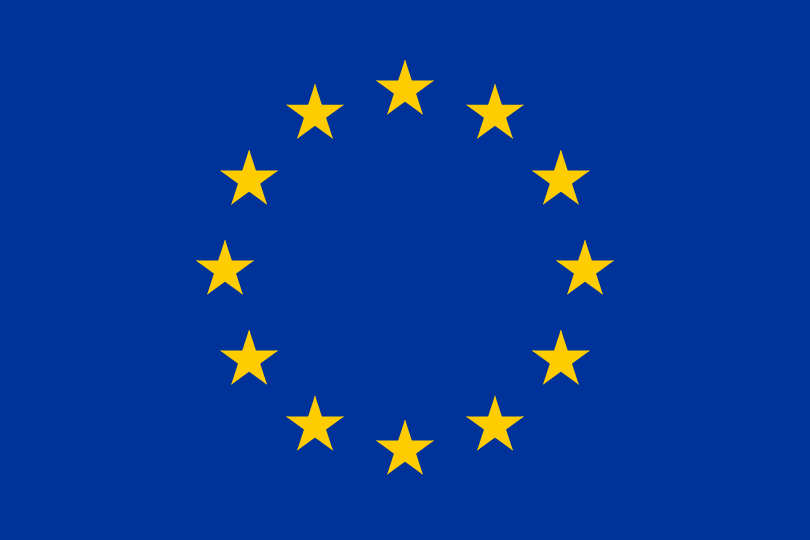Participant organization
Bar-Ilan University

Hanoch Senderowitz is a full professor in the Department of Chemistry at Bar-Ilan University, Israel. For the last 30 years he has been working in the areas of computational chemistry, molecular modelling, computer aided molecular design, chemoinformatics, materials informatics and forensic informatics, both in the industry and in the academia. Thus, he has gained much experience in most of the methodologies commonly used in these fields and was able to successfully apply them in numerous research projects.
During the last few years, the BIU group has developed several Machine Learning (ML)-related algorithms for the rational selection of diverse/representative subsets from within parent databases, for the removal of outliers, and for evaluating ML models in the context of virtual screening.
These methods, together with other tools were successfully combined into ML workflows and applied to research in the fields of materials informatics and forensic informatics. In particular, the BIU group has successfully completed forensic-related pilot studies with two laboratories of the Division of Identification and Forensic Sciences (DIFS) within the Israeli police.
In collaboration with the Toolmarks and Materials Lab the group has developed a reliable model for classification of glass fragments obtained from cars windshields. In collaboration with the Ignitable, Poisons and Explosives Lab, the group has developed a reliable model for the classification of ignitable liquids and developed an automatic tool for performing this analysis which was deployed at the lab.
Within the NARCOSIS project, the BIU group will lead TASK 4.3 (Datasets, AI models and related AI-spec suite).
This Task will:
- Assemble and implement the NARCOSIS spectral database including commercially and publicly available spectra and spectra measured by consortium members;
- Decide on the type of spectra to be used, and on the best way to denoise, clean and standardise them;
- Develop and validate different machine and deep learning algorithms for spectra analysis;
- Develop the graphic user interface (GUI) based on the requirements of the practitioners.
However, the group will also be involved in other Work Elements (WE).
This project has received funding from the European Union’s Horizon Europe research and innovation programme (Civil Security for Society) under grant agreement No 101168195.
For administrative and contractual information visit the European Commission's Cordis website.


